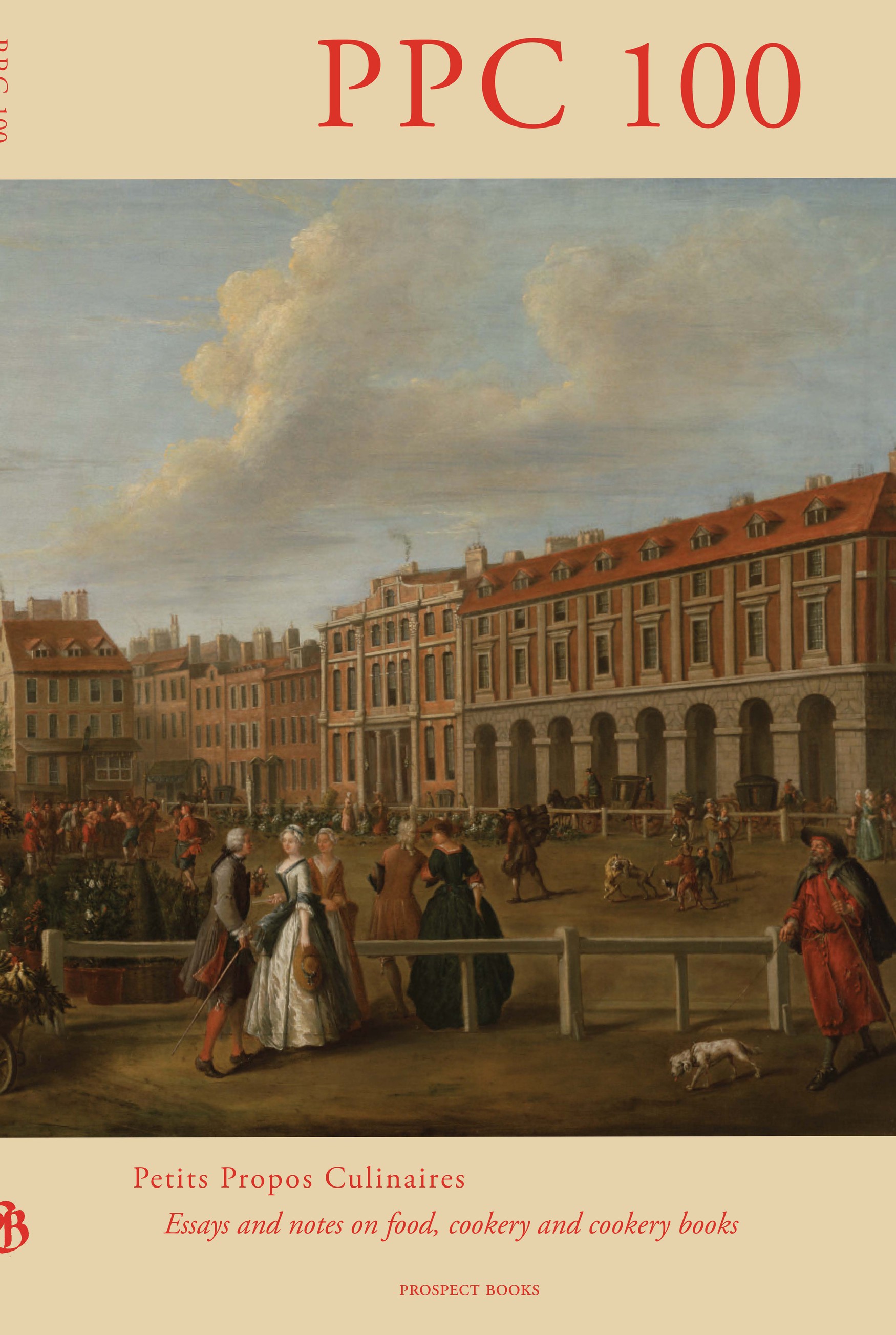The Medieval Banquet
DOI:
https://doi.org/10.1558/ppc.28412Keywords:
medieval, banquet course, meals, meal courses, meal evolution, Le Banquet des Voeux du Faisan, Mid-15th century, famous feasts/dinners, Philip the Good, Duke of Burgundy, subtleties, entremets, self-service, buffet, LilleAbstract
What did the medieval word ‘banquet’ denote? Today, it means (at least in Dutch) either all those things baked at the baker’s besides the bread, like pies and pastries, or a full-scale festive dinner. We no longer recognize that the second definition is a pars pro toto: a part of a festive meal that was obviously considered so important as to give its name to the dinner as a whole. Literally, it meant a little bench or wooden table, smaller than but comparable to the fish-stalls at a market. At medieval feasts, such a table was usually located somewhere other than the dining-hall itself, so that the cook might dress it with a variety of dishes while the guests were otherwise occupied and which could then be made available to guests for them to help themselves. This article looks at the accounts available to the historian concerning the famous feast known as Le Banquet des Voeux du Faisan hosted by Philip the Good, Duke of Burgundy in 1454 following the defeat of the Turks the previous year and concludes that the food service itself took the form of a self-service buffet.
References
.

